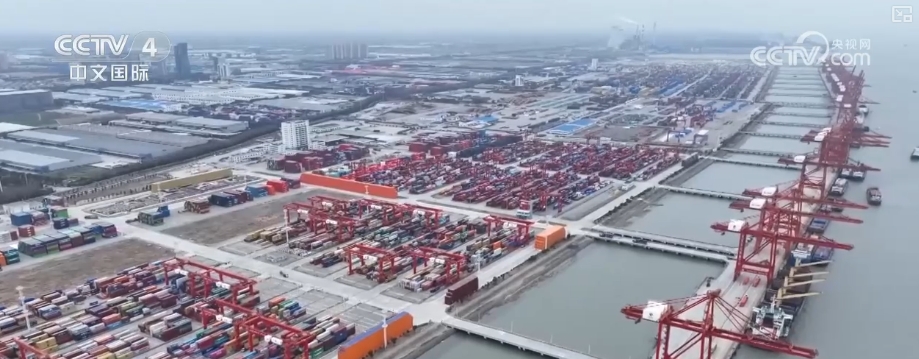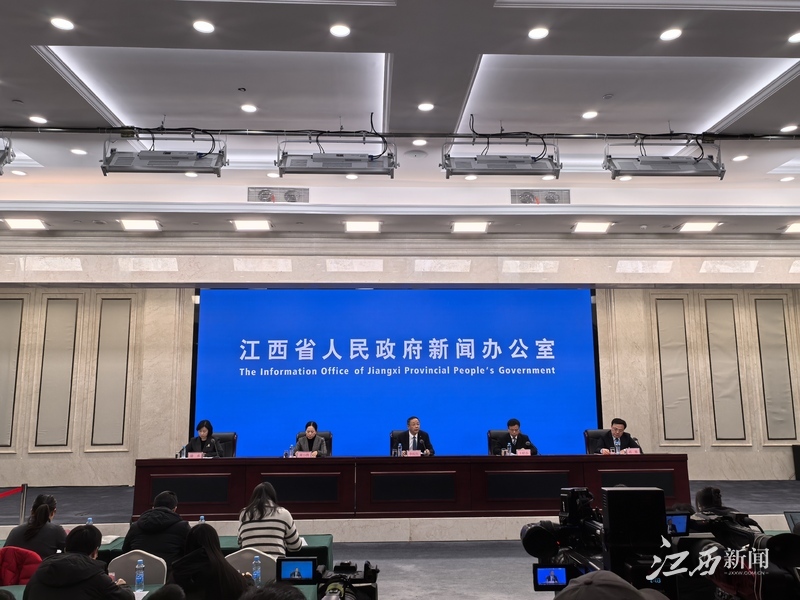Innovation Spillover, Talents Take The Lead: "Belt And Road" Scientific And Technological Cooperation Moves To A New Chapter
Innovation Spillover, Talents Take The Lead: "Belt And Road" Scientific And Technological Cooperation Moves To A New Chapter
The 2025 Pujiang Innovation Forum with the theme of "Share Innovation and Shaping the Future: Building an Open and Cooperational Global Science and Technology Community" was held in Shanghai from September 20 to 22. During the forum, the "Belt and Road" special seminar was held at Zhangjiang Science Hall.
The 2025 Pujiang Innovation Forum with the theme of "Share Innovation and Shaping the Future: Building an Open and Cooperational Global Science and Technology Community" was held in Shanghai from September 20 to 22. During the forum, the "Belt and Road" special seminar was held at the Zhangjiang Science Hall, focusing on the role and future of the integration of science and technology industry in promoting the high-quality development of the joint construction of the "Belt and Road".
Dai Gang, Director of the International Cooperation Department of the Ministry of Science and Technology, said that as of now, China has signed intergovernmental scientific and technological cooperation agreements with more than 80 countries jointly building the "Belt and Road". Through the intergovernmental joint committee mechanism of science and technology cooperation, we actively carry out the docking of science and technology strategies and science and technology policies with the co-construction country.

From economic and trade arteries to science and technology corridor
Since the implementation of the "Belt and Road" Science and Technology Innovation Action Plan, a series of pragmatic measures have produced fruitful results.
Dai Gang introduced that the Chinese government has supported and jointly built the "Belt and Road" countries to carry out 4,000 joint research projects, and has started the construction of more than 70 joint laboratories; in terms of technology transfer and innovation and entrepreneurship cooperation, China supports Yunnan, Ningxia, Jiangsu, Hubei, Guangdong and other provinces (cities), established 10 international technology transfer centers for countries to jointly build the "Belt and Road" countries, and has also signed cooperation agreements for science and technology parks with nine countries including South Africa, Mongolia, and Argentina. In addition, the cooperation platforms are constantly enriched, and China has jointly built more than 70 joint laboratories of the "Belt and Road" with more than 40 countries.
The construction of these platforms provides a solid foundation for the cross-border flow of innovative factors, and also highlights the huge potential of the joint construction of the "Belt and Road" initiative in knowledge sharing and technology collaboration.
"The advantages of one country do not mean the disadvantages of other countries, but instead spill innovation to other countries." Sacha - Director of the Economic and Data Analysis Department of the World Intellectual Property Organization (WIPO) and co-editor of the Global Innovation Index GII, shared with the participants this new trend in global innovation.
He explained that countries and regions along the "Belt and Road" can gain something from China's experience and models in scientific and technological innovation. The success of a country and region along the "Belt and Road" can benefit other economies along the route and will spread upstream and downstream along the value chain. For example, many Central Asian economies use technology clusters for joint production in electric vehicles, batteries and energy storage, or spread outward after production and R&D are completed. "The Belt and Road Initiative is not only a key corridor for infrastructure and economic and trade exchanges, but also a corridor for technological innovation and technological interaction." He said.
Sacha - Director of the Economic and Data Analysis Department of the World Intellectual Property Organization (WIPO) and co-editor of the Global Innovation Index GII, Sacha - also holds a similar view. He said that China's innovative technologies are reflected in advanced manufacturing, scale effects, innovation clusters and the formation of many intangible assets, which can allow China to expand upstream and downstream partnerships on the supply chain along the "Belt and Road" platform.
To achieve continuous spillover of innovation benefits, we need not only linkage of opening up to the outside world, but also strengthen internal coordination. Xing Jijun, former director-level science and technology counselor of the Chinese Consulate General in New York and director of the International Cooperation and Science and Technology Diplomacy Committee of the Chinese Association for Science and Technology Policy Research, suggested that the world is currently facing a phased slowdown in scientific and technological development, and we must not only pay attention to external linkage, but also internal linkage. He gave an example that Yunnan, Xinjiang and other places should introduce advanced inland economic and technological development, improve local independent innovation capabilities, and then radiate to countries and regions along the "Belt and Road".
Talent flow and cultivation are key bridges
At present, global scientific and technological innovation development still faces many structural challenges in cross-border collaboration.
Wang Zengmei, assistant project expert of the Department of Science and Technology Policy and Basic Science of the Natural Science Department of UNESCO (UNESCO) said at the meeting that scientific and technological inequality is intensifying: 80% of the world's countries have not yet achieved the goal of 1% of GDP in R&D investment, and the population in sub-Saharan Africa accounts for 14% of the world's population, but only contributes 0.7% of research results and scientific researchers, and women's participation in the field of scientific research is only one-third. She emphasized that how to make scientific and technological innovation truly universal to mankind has become a core issue that needs to be solved urgently.
Faced with these challenges, it is particularly critical to strengthen scientific and technological exchanges and deepen talent cooperation training. In the past few years, China has actively promoted the interaction between multinational scientific and technological talents through the "Belt and Road" Science and Technology Innovation Action Plan.
According to Dai Gang, since the implementation of the "Belt and Road" Science and Technology Innovation Action Plan, China has supported a total of 55,000 young scientists from the countries that jointly built the "Belt and Road" to come to China to carry out short-term scientific research work and exchanges, and has trained 23,000 scientific and technological and managers in countries that jointly built the "Belt and Road", covering multiple fields of sustainable development, life sciences, and cutting-edge technologies.
In the process of promoting scientific and technological cooperation, the "human" factor has always been the fundamental driving force. Manzor Hussein Sommerlo, founding chairman of the Economic Cooperation Organization Science Foundation (ECOSF), said at the meeting that many people focus on the development of resources and facilities, while ignoring people is also a key factor. Based on his own experience, he said that when he was a young scientist in the 1980s, his country (Pakistan) received a lot of international support such as advanced technology and equipment, but he put it on the shelf because he didn't know how to use it. Therefore, he suggested that countries along the Belt and Road should strengthen their deployment in the field of education and carry out training related to digital technology and artificial intelligence on campus.
This concept has been responded to in some cooperative practices.
Fu Yang, vice president of Shanghai Electric Power University, shared the school’s experience in building an international cooperation network for energy and electricity in the “Belt and Road”. By establishing a university alliance, establishing training bases in Vietnam, Indonesia and other countries, and setting up alumni contact points in Kenya and Nigeria, the school has formed an overseas fulcrum covering talent training, technical training and alumni network.
Fu Yang believes that the key to the success of the international integration of industry and education in the "Belt and Road" is to build a five-in-one collaborative ecosystem of government, industry, education, research and application, and take the initiative through organizational mechanisms, talent mechanisms, technical mechanisms, standards and governance paths, so that universities can become platforms and links to connect all parties and gather resources.
The "Belt and Road" special seminar is hosted by the China Academy of Science and Technology Development Strategy and the Shanghai Institute of Science and Technology Management Cadres, and is supported by the China Association for Science and Technology Policy Research.





